The Power of “I” Statements in Communication

Communication is the backbone of every healthy relationship, whether personal or professional. One of the most effective tools in fostering understanding and reducing conflict is the use of “I” statements. Unlike accusatory language that can escalate tensions, “I” statements create a safe space for honest expression and pave the way for resolution.
What Are “I” Statements?
“I” statements are a way of communicating that focuses on your own feelings and experiences rather than blaming or criticizing the other person. Instead of saying, “You never listen to me,” an “I” statement rephrases it as, “I feel unheard when I’m sharing something important.”
This shift in language transforms a potential accusation into a personal expression, encouraging empathy and understanding.
Why “I” Statements Matter
- Reduces Defensiveness: When we start sentences with “you,” it can feel like an attack, prompting the other person to become defensive. “I” statements keep the focus on your perspective, reducing the likelihood of conflict.
- Encourages Empathy: By expressing your feelings and needs, you invite the other person to see things from your point of view, which fosters connection and mutual understanding.
- Promotes Accountability: Taking ownership of your emotions and experiences shows emotional maturity and encourages a collaborative approach to problem-solving.
- Improves Problem-Solving: With “I” statements, conversations become more productive because they focus on expressing feelings and finding solutions rather than assigning blame.
How to Use “I” Statements Effectively
To make an “I” statement impactful, follow this simple formula:
I feel [emotion] when [specific situation] because [reason or impact]. What I need is [specific request].
Let’s break it down:
- Emotion: Name the feeling you’re experiencing (e.g., hurt, frustrated, disappointed).
- Specific situation: Clearly describe the behavior or event causing the emotion.
- Reason/Impact: Explain why it affects you and how it makes you feel.
- Request: End with a constructive request that suggests a way to move forward.
Example:
Instead of saying, “You’re always late,” try:
“I feel frustrated when you arrive late to our meetings because it makes me feel like my time isn’t valued. What I need is for us to agree on a plan to start on time.”
Tips for Success
- Stay Calm: Choose a moment when both parties are calm and willing to listen. Avoid using “I” statements in the heat of an argument.
- Avoid “You” in Disguise: Watch out for statements like, “I feel like you’re being inconsiderate.” This still places blame and defeats the purpose of an “I” statement.
- Be Specific: Generalizations like “You never…” or “You always…” make it harder to address the issue. Focus on one specific behavior or instance.
- Practice Active Listening: Encourage the other person to respond and share their perspective. Effective communication is a two-way street.
Why “I” Statements Build Stronger Relationships
Using “I” statements transforms how we navigate conflicts and express needs in our relationships. They cultivate respect, deepen emotional intimacy, and foster a culture of mutual understanding. When people feel heard and respected, they are more likely to respond with kindness and cooperation.
By incorporating “I” statements into your communication style, you create a foundation of trust and emotional safety, ensuring that even the most challenging conversations bring you closer together rather than driving you apart.
Final Thought
“I” statements may feel unfamiliar or even awkward at first, but with practice, they become a natural and powerful way to express yourself. Whether you’re addressing a partner, friend, coworker, or family member, remember: how you say something matters just as much as what you say. Choose language that invites collaboration, and watch how it transforms your relationships for the better.
Start Your Journey to Growth
We’re here to support you. Reach out to schedule a session or ask any questions. Let’s work together toward building stronger, healthier relationships.

